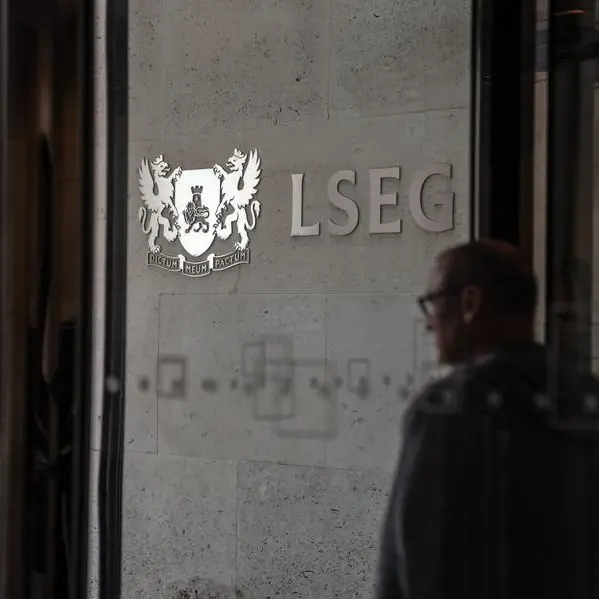The US looks like one of the more interesting areas to watch in the coming year. The country is currently in the middle of three great experiments, concerning the economy, trade, and monetary policy. Economists will be talking about the results for decades, with Trump’s first experiment, the decision to boost US growth by reducing tax rates, having come at what traditional wisdom would say is exactly the wrong time.
For investors, tax cuts have created a positive backdrop, allowing companies to return more money to shareholders while strong earnings growth has led to fairer valuations for US businesses. US equities should be set up for a reasonable year in 2019, and we remain overweight the region, particularly relative to domestic UK companies.
Trade tariffs could bite in 2019
Investors are having more difficulty judging the risks around Trump’s second experiment – the attempt to change the trading relationship between the US and China. So far, the administration has imposed tariffs of 10 percent on about half of China’s annual exports to the United States. That rate was due to automatically rise to 25 percent on 1 January 2019, but the administration announced a ninety day delay following the G20 summit in Argentina.
Up until now, the economy has been able to absorb the rise in tariffs. But if the rate rises automatically to 25 percent next year, industrial companies may have a harder time of it. If Trump expands the net further, it’ll be American consumers who start to feel the impact. That should be manageable so long as consumer incomes keep on rising, but it will be something to monitor carefully over the coming twelve months.
Will higher interest rates unnerve investors?
The third and final experiment concerns the Federal Reserve, which is now a significant part of the way through unwinding its post-crisis support to the economy.
US investors can now get a return on cash above the rate of inflation, giving them an alternative to investing in the stock market. In theory, that reduces the amount of money flowing in, as fewer investors are forced into equities to get an above-inflation return.
The issue for next year is how many times the Fed raises rates. The market is expecting the central bank to raise interest rates just once, having grown more pessimistic on US growth in 2019. While the Fed has said it remains data dependent, it could surprise the market, particularly if US economic data holds up as it is currently doing.
It’s possible that the Fed still chooses to raise interest rates to deliberately slow the economy. This would be a more assertive policy stance, and one that could lead to higher market volatility. However, it’s only likely to happen if growth remains robust, and that is of course good for investors.
Importantly, the Fed is also reducing its holdings of government bonds, pushing yields up even as the federal government is trying to issue more bonds to finance Trump’s tax cuts. So while US government bonds are known as a safe haven, they have not been as defensive as they might otherwise be this year.
How will all this affect investors?
When thinking about these three experiments, investors have to distinguish between what the impact on the economy might be and that on individual asset classes.
Global investors should also think about what the Fed’s stance means for the US dollar. You would expect higher US interest rates to support a stronger dollar, and this is largely what has happened throughout 2018. But markets are always forward looking, and if the Fed starts to step back from its tighter policy, we might not get as strong a dollar as we might have expected at the start of the year.
Clearly, none of these experiments can be looked at in isolation, making it important to keep an open mind about how you think the world will evolve over the coming year. A return to more normal monetary policy means we’re likely to see higher volatility across asset classes but investors should not be unnerved by that – it’s an important part of returning to normal market conditions and growth remains robust for now.
Any opinions expressed here are the author’s own.
Our Standards: The Thomson Reuters Trust Principles
Disclaimer: This article is provided for informational purposes only. The content does not provide tax, legal or investment advice or opinion regarding the suitability, value or profitability of any particular security, portfolio or investment strategy. Read our full disclaimer policy here.
© Opinion 2018





















